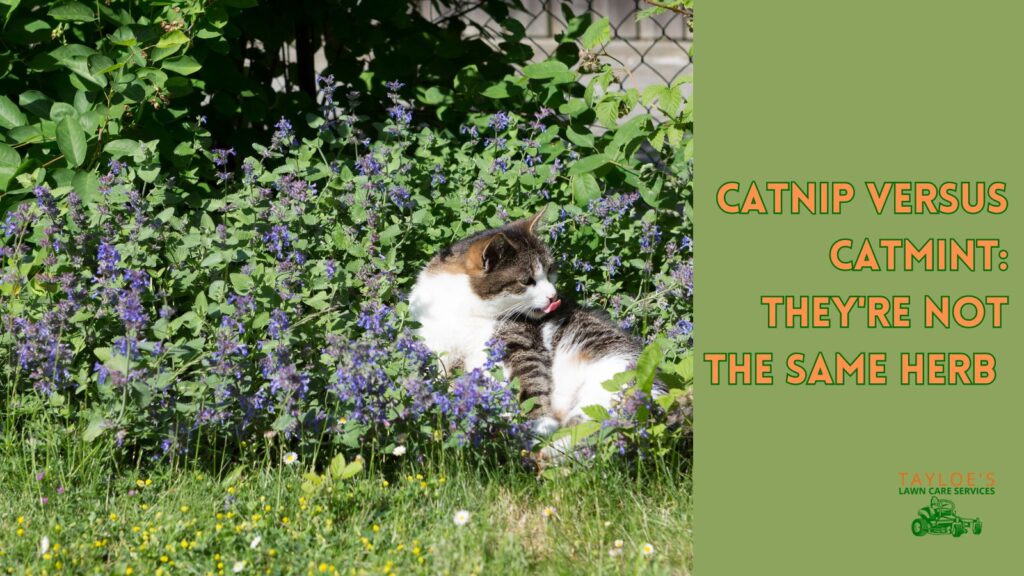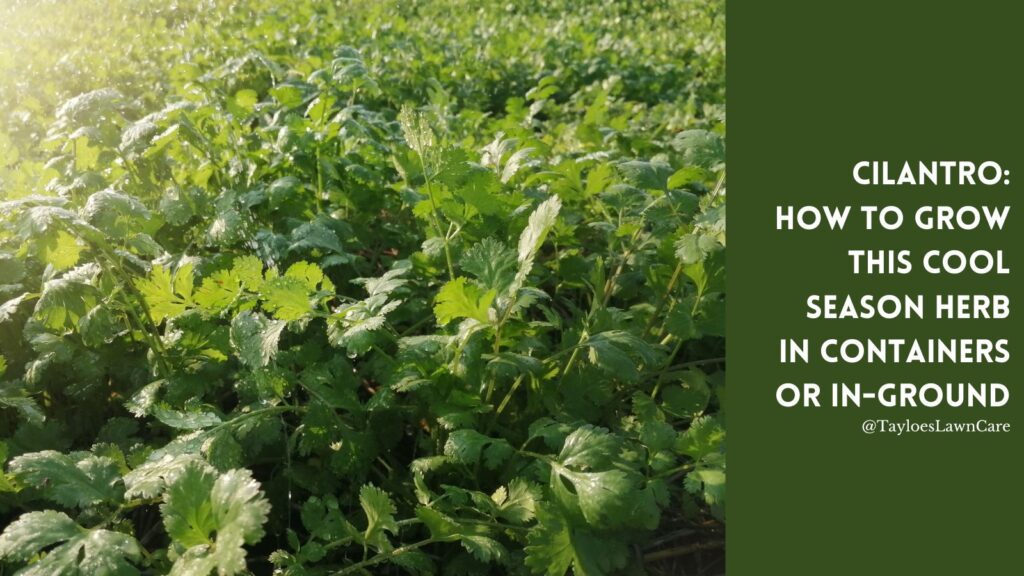Last Updated on: 25th February 2024, 07:56 am
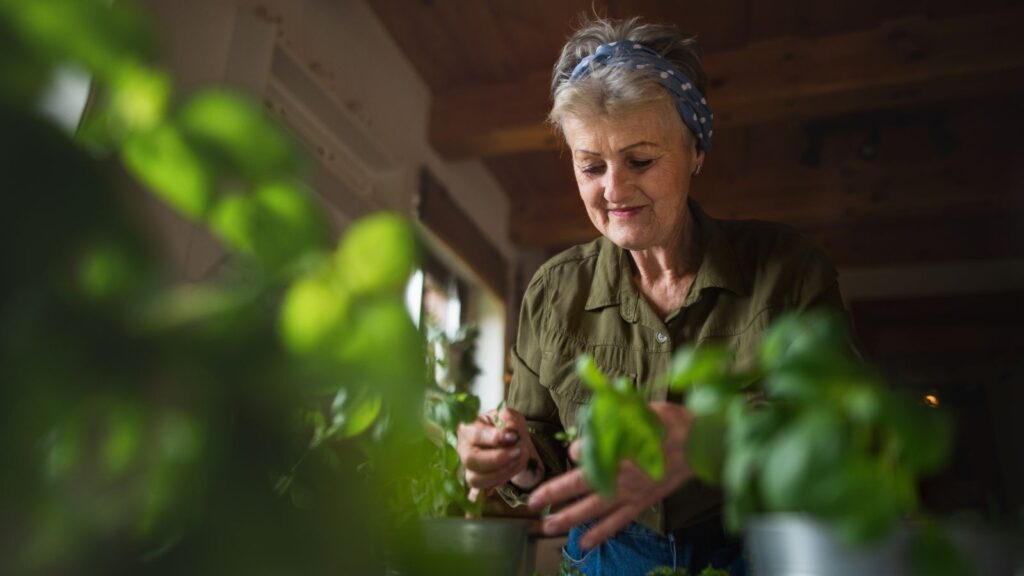
Growing herbs indoors extends your access to fresh seasonings year-round.
Indoor herb gardening is a great low-maintenance way to grow herbs. An indoor herb garden only needs adequate light, humidity, and air circulation. It also requires little care and can be a great entry point into edible gardening.
Learn the most important things to know about growing herbs indoors in this article and the nine best herbs to try.
4 Fun Facts About Growing an Indoor Herb Garden
Before revealing the nine best plants to try, here are four fun facts to remember about growing herbs indoors.
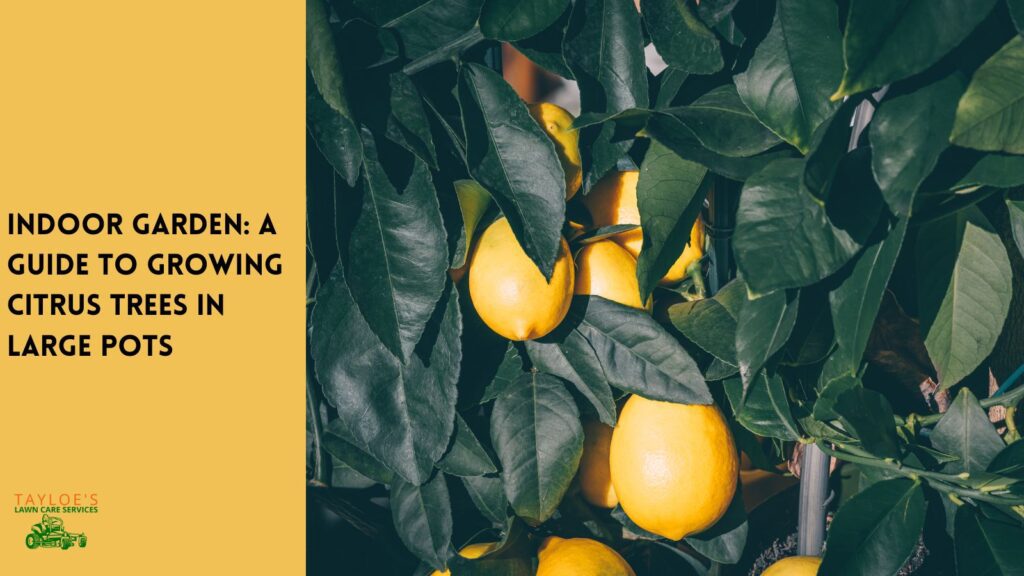
1 – An indoor herb garden is low-maintenance
Growing herbs indoors is easy and low-maintenance and has many benefits. Herbs require adequate air circulation and need ample room for root expansion. If you place them in too small pots, you will have to replant them sooner than expected. Plants with drainage holes will help keep them healthy and prevent root rot. You can also use individual grow lights to bring back faded herbs.
For healthy growth, herbs need a balanced environment with plenty of air circulation and a moist environment. Herbs grow best in rich, well-drained soil with a pH between six and seven. While they do not require extensive watering, they do require regular misting. To help your herbs to avoid the growth of powdery mildew and rot, mist the soil once a week.
The best herbs to bring indoors are sage, oregano, chives, and coriander–our list of nine follows. Their clumped roots make them easy to plant.
TIP: If you plan to move established herb plants from outdoors to inside your home, inspect them for bugs (especially whiteflies) before you make that move. You may avoid the headache of a pest infestation.
2 – It requires light, humidity, and air circulation
A well-lit indoor herb garden is essential to the success of your herb-growing endeavor. Herbs need at least six hours of sunlight per day to grow properly. If there’s no natural light, artificial light or fluorescent bulbs can be used to provide more light. Aside from sunlight, herbs also need a constant source of humidity.
When growing herbs indoors, you should remember that different herbs require light, air circulation, and humidity levels. Select a mix of herbs with similar growth requirements to ensure success. For example, many types of herbs require direct sunlight daily. They also require well-draining soil and regular watering. Popular herbs include chervil and lemongrass.
Another trick to increase air circulation is to talk to your plants. Talking to your plants releases carbon dioxide, which is converted to food by your plants. It is also beneficial to keep your herbs hydrated by spraying them with water several times a week. Moreover, it is also a good idea to keep your indoor herb garden separate from other plants so you can easily take care of each one individually.
3 – An indoor herb garden can be a low-stakes entry into edible gardening
An indoor herb garden might be a great place to start if you want to grow herbs and veggies in containers. These plants will grow to the right size for their containers and may eventually need to be transplanted. Signs that it’s time for transplanting include roots growing out of drainage holes, stalled growth, and flopping plants.
Indoor herb gardens also add greenery and fragrance to the home. If you want a low-cost entry into edible gardening, you could also start with cuttings from existing plants. You can find seeds for herbs online or at your local garden store. You’ll need pots that have good drainage, a plastic pot protectant, and a saucer. You can plant your herbs in any size container you want, as long as it is big enough to provide good drainage.
4 – An indoor herb garden is easy to maintain
A potted indoor herb garden is an excellent option for anyone who wants to grow herbs indoors. While potted herbs can be left out in the sun or soaking up water, they don’t do well when placed on a windowsill or tabletops. Choose a container with a drain pan or saucer to help prevent excess water from damaging the herbs. You can reuse a decorative tray if you don’t want to purchase a unique pot. Pot size is essential as well. Herbs like basil need a deep pot because their roots are longer. If the pot is too small, the herb may not get enough water and end up stunted.
Indoor herb gardens need lots of light. If you can’t get adequate sunlight, move the plants to a sunnier location. Another option is to pinch off the leggy part of the plant to encourage bushier growth. It’s also a good idea to rotate the herbs when watering to keep them uniform.
The Nine Best Plants for an Indoor Herb Garden
A variety of herbs grow well in containers and need lots of room to spread out. Plants that are too small for their containers may need repotting sooner than they are ready, and large pots will saturate their roots and cause rot. Herbs can grow in all types of colorful containers, as long as the bottom has holes that allow water to drain completely.
1 – Catnip
Catnip is one of the best indoor herbs for cats, as it releases a chemical that cats find highly appealing. When the leaves are crushed or rubbed, the catnip releases a highly attractive scent to cats. Although cats don’t like to eat the plant, they may chew on it if they are not naturally cautious. This is why it is essential to supervise your feline friend carefully around this herb.
2 – Chives
Growing chives indoors is relatively easy. The plant grows well in containers, and they don’t have many pest and disease problems. However, chive roots don’t like soggy, so use a container with well-drained soil. Chives can be grown from seed or mature plants.
3 – Oregano
If you want a hardy herb to grow in a container, oregano is a great choice. It doesn’t require much water and is a drought-tolerant plant. For best results, plant oregano with companion plants that share similar needs. While oregano is drought-tolerant and does not require fertilization, it does require occasional watering, so be sure to water it only when the soil surface is dry.
4 – Basil
Several factors go into deciding which herbs to grow indoors. First, you must consider the amount of light that the plants require. For example, sweet basil plants need at least six hours of sun per day. They also prefer southern-facing windows. However, some other plants can tolerate lower amounts of light.
5 – Sage
Very few plants are as easy to grow in an indoor herb garden as sage. This plant has oval, slightly hairy leaves that flavor recipes uniquely. It is often used in Italian and Greek cooking and also pairs well with lemon and garlic. Growing a plant in an indoor herb garden will allow you to enjoy the variety of flavors this herb offers. You can buy starter plants for oregano or grow your own seeds.
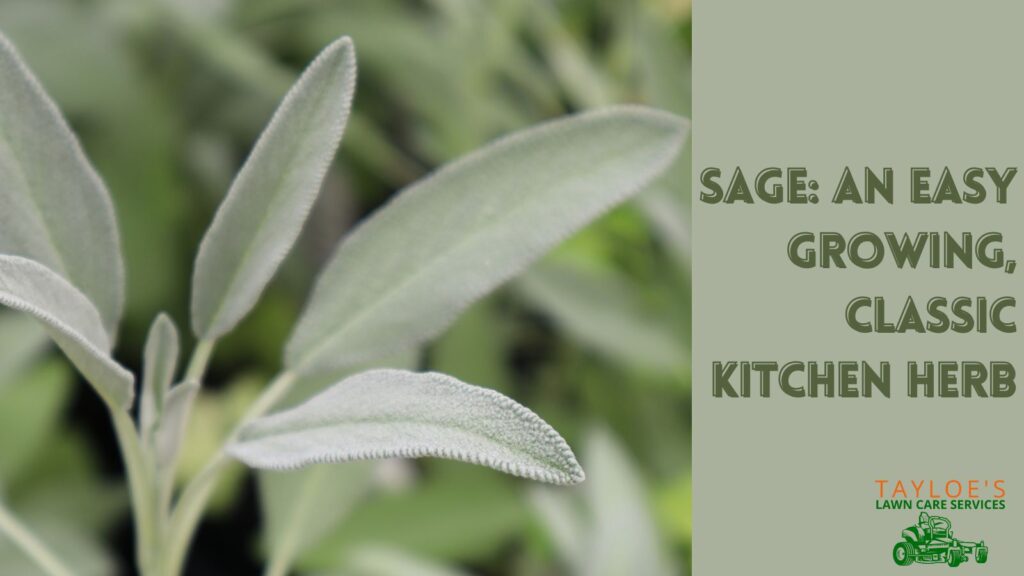
6 – Thyme
Thyme is a great indoor herb garden plant to grow. Although this herb can grow in the shade, it does best in a sunny location. The ideal temperature for thyme seeds is 65-70 deg F (18-21 deg C) during the day and 55-60 deg F (13-16 deg C) at night.
7 – Coriander seeds
Coriander is a very versatile plant. It’s also very affordable. It costs just a few pounds to buy seeds, and you can plant them regularly in an indoor herb garden. Seeds must be planted in spring seed trays and thinly separated. The soil should be kept evenly moist but not wet. Once the seeds have germinated, you can lightly cover the soil with plastic. This will create a mini-greenhouse and prevent the dirt from drying out.
8 – Dill
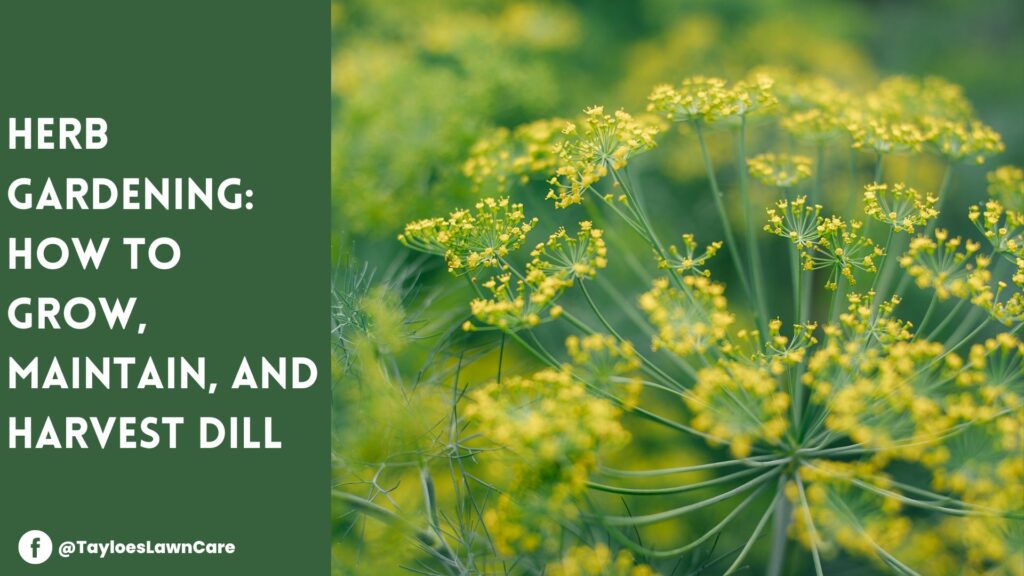
Dill is a great plant to grow in your indoor herb garden. Its roots are long and grow well in direct sunlight. Dill can tolerate temperatures up to 32 degrees Celsius. It also grows well in moist soil.
FUN IDEA: Plant dill for your indoor herb garden in pickle jars
The first step to creating a pickle jar or Mason jar herb garden is obtaining jars. These vintage containers have been used for canning foods since 1858 and are still commonly available in thrift stores and flea markets. You can also find some in Grandma’s attic or basement. Just remember to thoroughly clean them before using them as plant containers.
9 – Parsley
There are many great options for growing herbs for cooking inside your home. Chives, for example, are perennial herbs that grow well in containers. They require little water and will do best in a south-facing window. These aromatic herbs are delicious in a number of dishes, such as herbed butter and chimichurri sauce. The flowers and leaves can also be dried and used to season stews in winter.
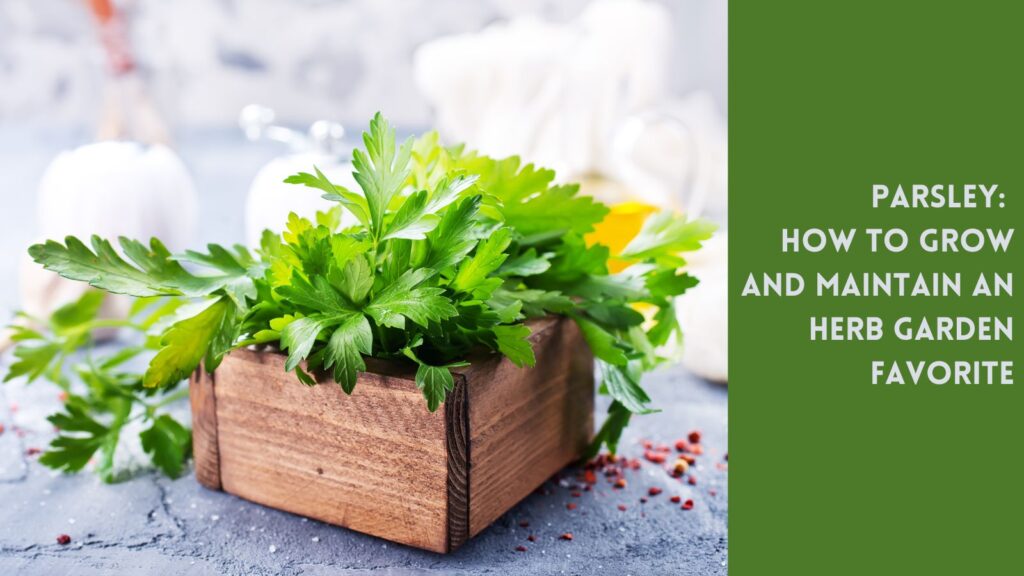
The Takeaway: An Indoor Herb Garden Provides for you Year-Round
Herbs are pretty helpful for both culinary and science-proven and time-honored medicinal uses. So find a sunny window in a draft-free location and start your indoor herb garden today.
What herbs do you grow inside the home? We’d love to hear your advice. Follow Tayloe’s Lawn Care Services on Facebook.
Author Profile

- Deborah Tayloe is the CEO and co-founder of Tayloe's Lawn Care Services, LLC. She has a B.S.Ed and holds certificates in soil and water management and herbology from accredited programs.
Latest entries
 Trees and ShrubsApril 22, 2025Boxwood Blight: Early identification and isolation
Trees and ShrubsApril 22, 2025Boxwood Blight: Early identification and isolation Flower GardenApril 8, 2025John F. Kennedy Rose: Hybrid tea rose with elegant white blooms
Flower GardenApril 8, 2025John F. Kennedy Rose: Hybrid tea rose with elegant white blooms Vegetable GardenMarch 24, 2025Trellis vegetables provide an abundant vertical garden harvest
Vegetable GardenMarch 24, 2025Trellis vegetables provide an abundant vertical garden harvest GardeningMarch 17, 2025Are coffee grounds good for compost?
GardeningMarch 17, 2025Are coffee grounds good for compost?

